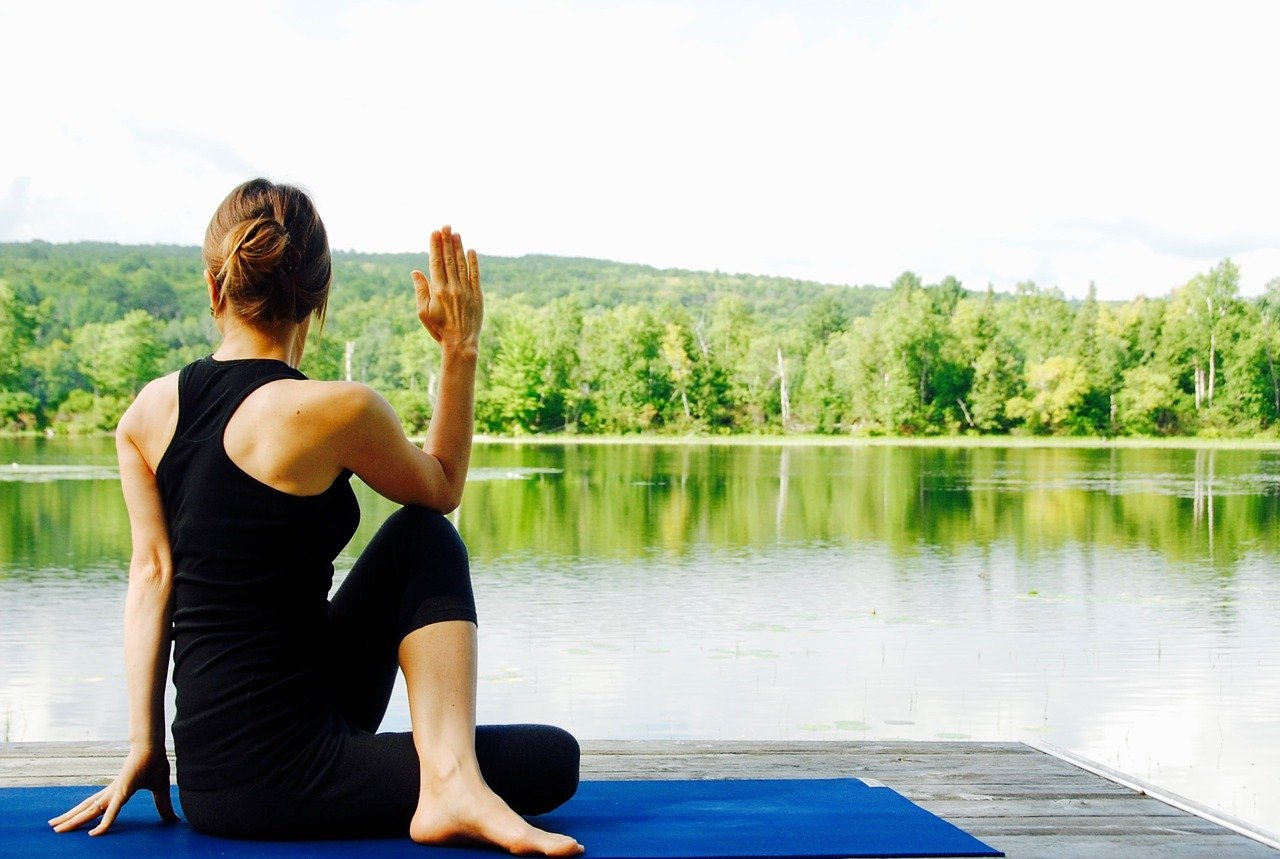Have you ever wondered what yoga is all about? There are eight elements of yoga, and each one plays an important role in creating a well-rounded practice. From helping you develop strength and flexibility to promoting inner peace, these eight elements can transform your life. Are you ready to learn more? Keep reading to find out what the eight elements of yoga are.
Yama
One thing to keep in mind regarding yoga is that it may truly aid heart health! This is mostly due to the fact that yoga can help to decrease stress and lower cortisol levels in the body.
Yama is the first element, and it refers to vows, disciplines, or practices that are primarily concerned with the world and our interactions with it.
Niyama
The second element, Niyama, is concerned with self-control and spiritual observances. Attending temple or church services on a regular basis, saying grace before meals, creating your own personal meditation practices, and going on contemplative walks alone are all instances of niyamas in action.
Niyamas are character-building practices that are usually practiced by persons who aspire to progress farther along the Yogic path.
Asana
The third of yoga’s eight elements, asanas, are the postures that are practiced. The body is a temple of spirit in the yogic perspective, and taking care of it is a vital part of your spiritual development. You build the habit of discipline and the capacity to concentrate via the practice of asanas, both of which are required for meditation.
Pranayama
This fourth stage, which is commonly referred to as “breath control,” comprises strategies aimed at mastering the respiratory process while also acknowledging the link between the breath, the mind, and emotions. Yoga practitioners believe that pranayama not only rejuvenates the body but also extends life itself, as emphasized by the original language. Pranayama can be done as a stand-alone method (sitting and doing a series of breathing exercises) or as part of a regular hatha yoga regimen.
Pratyahara
Pratyahara, the fifth of yoga’s eight elements, signifies sensory transcendence or retreat. It makes a conscious effort to draw your consciousness away from the exterior world and outside stimuli during this period. Concentrating your attention inside, keenly aware of your sensations yet establishing a detachment from them. Pratyahara is a meditation technique that allows you to take a step back and examine yourself. This withdrawal allows you to objectively examine your cravings: behaviors that may be harmful to your health and likely obstruct your personal development.
Dharana
Dharana is the Sanskrit word for ‘pointed concentration.’ Ana denotes ‘other’ or something other,’ while Dha means ‘holding or keeping.’ Dharana and pratyahara are key aspects of the same aspect and are closely related to the preceding two limbs.
To focus on something, the senses must withdraw so that all attention is focused on that point of concentration, and you must focus and concentrate intently to draw your senses in. Dharana includes activities like candle gazing, visualization, and focusing on the breath, and it’s this stage that many people reach when they think they were meditating.
Dhyana
The unbroken flow of focus is meditation or contemplation, the seventh stage of ashtanga yoga. Although concentration (dharana) and meditation (dhyana) appear to be the same thing, there is a subtle difference between the two. Dhyana is essentially a condition of being highly aware without concentration, whereas dharana is a state of one-pointed attention.
The mind has been quieted at this point, and it creates few or no ideas amid the calm. It takes a lot of power and energy to achieve this level of stillness. Don’t give up, though. While this may appear to be a challenging, if not impossible undertaking, keep in mind that yoga is a method.
Samadhi
As a state of bliss, samadhi is the eighth and final stage of ashtanga yoga. The meditator integrates with his or her point of attention at this point and transcends the Self entirely. The meditator realizes a deep connection to the Divine, as well as interconnection with all living things. With this insight comes a sensation of pleasure and being at one with the Universe that is beyond comprehension.
View this post on Instagram
View this post on Instagram
About the Authors
Journey Healing Centers focuses on Yoga primarily as a healing practice for men, women, and children of all ages. We know that most Americans believe that “yoga is good for you,” but did you know that science backs them up? It’s true! Yoga has been shown to improve health, cardiovascular fitness, flexibility, and balance, all while reducing stress, anxiety, and pain. Yoga practitioners have a stronger sense of mental clarity, physical fitness, flexibility, and strength. As you can see these are all powerful reasons for taking up Yoga – so join us!
Happily brought to you with the assistance of Mary Jane’s CBD Dispensary, the newest cbd nutrition online. If you’re looking for a hemp product to help with your health or mental condition, Mary Jane’s CBD Dispensary is the perfect place. They offer customers an alternative to pharmaceutical drugs and want you to feel better without having to take harmful meds. Their team members are extremely passionate about what they do at MJD and hope that by creating this blog post, they can share our passion with others too. Get in touch if you would like more information on any of their products!

